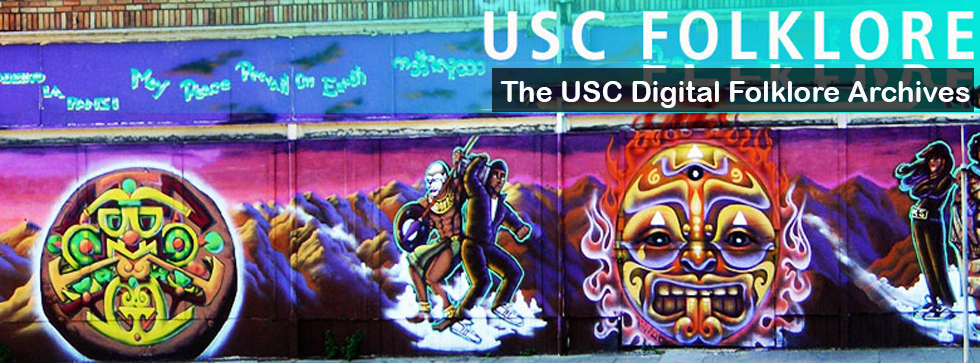“A tradition I have is every year for Easter my whole extended family goes to Cabo. Since Easter is on a Sunday and most of us have school the next day, we celebrate Easter on Saturday because we have to leave on Sunday. During the day we hangout and paint and decorate eggs which will be turned into deviled eggs in a couple hours. Then, we get ready for our easter egg hunt which only involves the grandkids. There are eggs sitting on the grass on the floor, however those eggs are only for the very very young kids. Each of us has a basket we need to find and as well as candy eggs and baskets there are golden eggs that contain different amounts of money. Since we are getting older, it is starting to get competitive because we all want the money. My grandpa always gives us some hints and sometimes our parents do too. After the hunt, we all open our baskets then get into teams and play croquet. After croquet, we all have a nice dinner together at the house.”
The informant does this every year on Easter weekend in Cabo, Mexico. Her whole family is involved, including aunts, uncles, cousins, and grandparents. Her grandpa helps hide the eggs and gives them hints when necessary. Her parents get all of her siblings small baskets, the other parents give their kids baskets as well, which are full of small gifts like bracelets and chocolate. She believes Easter egg hunting has always been a thing for Easter, and her family has been doing this for as long as she can remember.
The tradition is part of the widely held celebration of Easter, the Christian day on which Jesus Christ was said to have risen from the dead after his crusifiction. On this day, it is common for children to hunt for Easter eggs, which are colorful plastic eggs full of candy. This holiday is often spent with family and friends and is celebrated on the first Sunday after the full Moon that occurs on or after the Spring Equinox. Although the holiday is now a large part of the holiday economy and is very consumerist, it started as a celebration of the coming of Spring before it was Christanized. It is celebrated around the world as an important Christian holiday.

